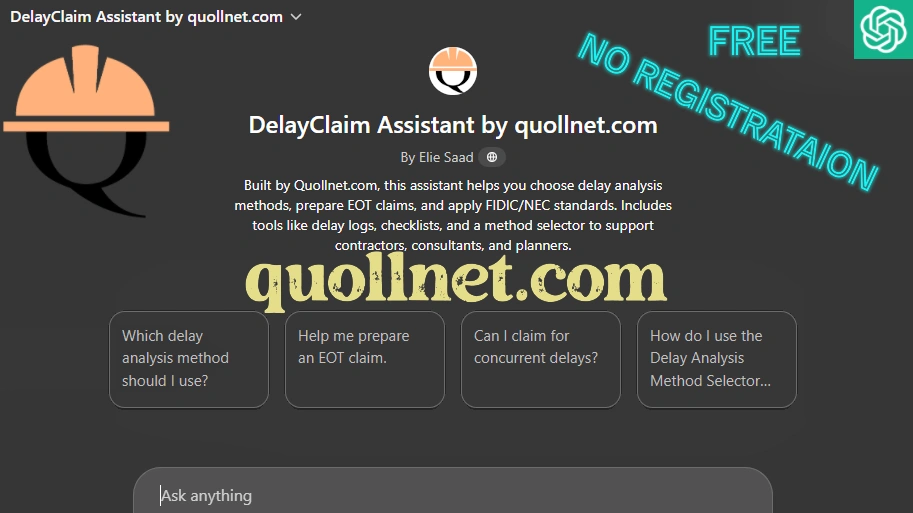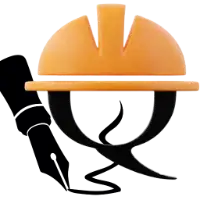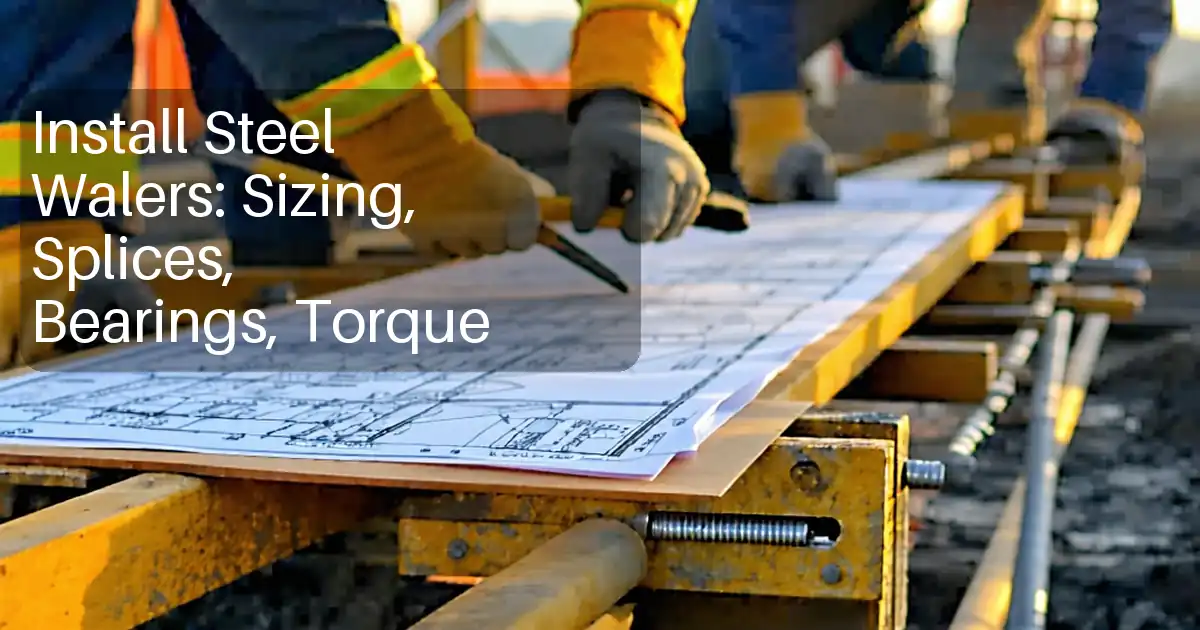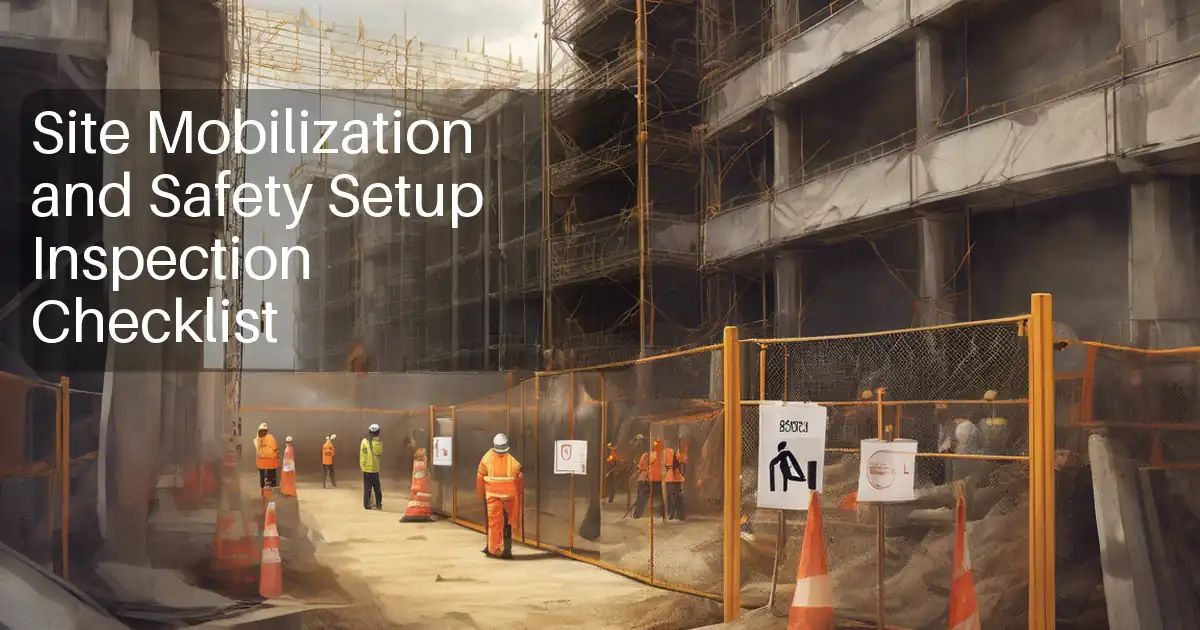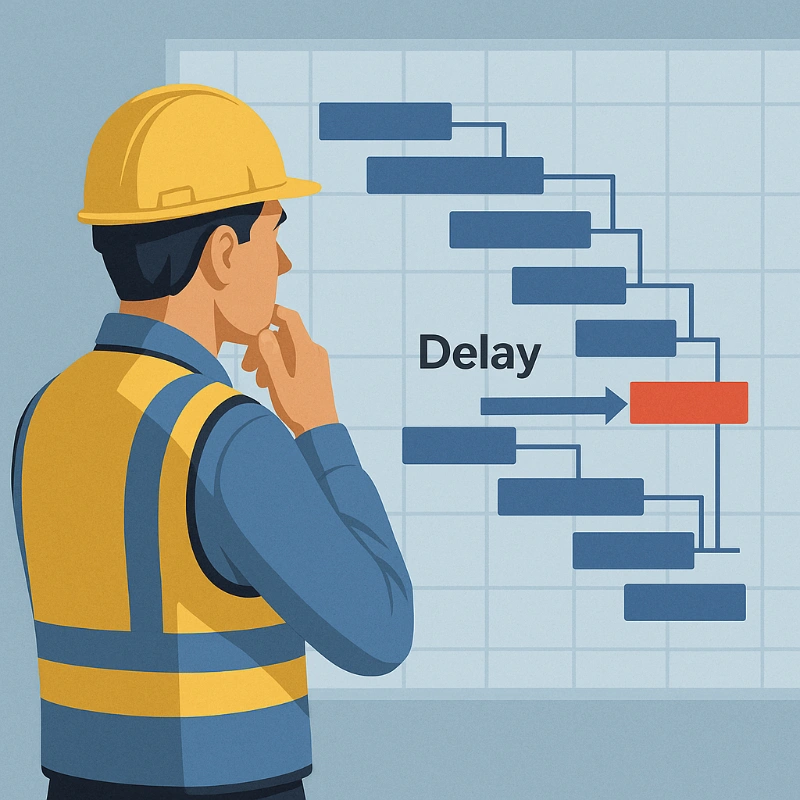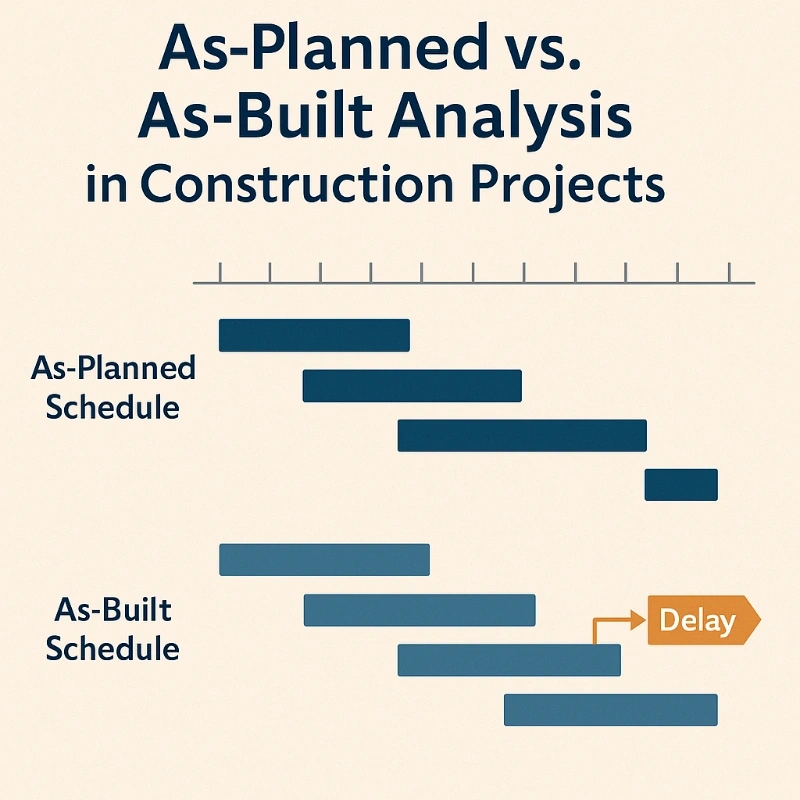Delay Analysis in Construction Projects: Methods, Legal Strategies, Tools, and AI Assistance
Introduction
Delay analysis methods in construction are critical for effectively managing construction delay claims. Proper delay analysis clarifies the cause and impact of delays, supports entitlement under contractual provisions, and is essential for resolving disputes, especially involving excusable vs. compensable delays and concurrent delays in construction.
This article explores five primary delay analysis methods—Time Impact Analysis, As-Planned vs. As-Built, Impacted As-Planned, Collapsed As-Built, and Windows Analysis—with practical case studies, comparative insights, and discussion of emerging technologies like AI in construction delay analysis.
🆓 Download - Delay Analysis Method Selector 🆓
Struggling to choose the right delay analysis method? Try our free Excel-based Delay Analysis Method Selector Tool designed to recommend the best approach based on your project conditions, legal standards, and schedule data.
1. Types of Delays in Construction
Accurate delay categorization is crucial for evaluating entitlement and responsibility:
-
Excusable Delays: Caused by external factors beyond the contractor’s control, such as severe weather, strikes, or force majeure events. Typically eligible for time extensions but not cost reimbursement unless specified.
-
Non-Excusable Delays: Result from contractor actions or poor planning (e.g., insufficient labor). These do not qualify for extensions or additional costs.
-
Compensable Delays: Owner-caused delays, such as delayed approvals or late access to the site, allow the contractor to claim both time and cost extensions.
-
Concurrent Delays: Occur when two or more delays overlap, complicating responsibility. Accurate methods are needed to apportion responsibility fairly.
- Critical vs. Non-Critical Delays: Critical delays directly affect the project’s completion date, while non-critical delays only consume float without impacting overall timelines.
We’ve developed the DelayClaims Assistant, a free AI-powered chatbot trained on construction delay practices, EOT claims, FIDIC/NEC standards, and practical delay management strategies. This tool can guide you through selecting the right method, recommend professional templates, and help you navigate complex delay scenarios in seconds.
Try our Free AI DelayClaim Assist.
2. Common Delay Analysis Methods
Explore detailed articles for each method:
Delay Analysis Method Selector
Choosing the right delay analysis method can be challenging, especially in complex or regulated projects. That’s why we’ve created a free, score-based Excel tool that helps you:
Evaluate your project’s complexity
Assess the quality of your baseline and as-built data
Account for legal/contractual constraints
Identify concurrency and schedule update practices
🎯 The tool scores your answers and instantly recommends a method

3. Comparison Table of Delay Analysis Methods
| Method | Accuracy | Complexity | Best Use Cases |
|---|---|---|---|
| Time Impact Analysis | High | Moderate | Ongoing projects, prospective claims |
| As-Planned vs. As-Built | Moderate | Low | Completed projects, basic disputes |
| Impacted As-Planned | Moderate-Low | Low | Early claims, entitlement analysis |
| Collapsed As-Built | High | High | Complex completed projects |
| Windows Analysis | High | High | Complex, multi-party projects |
4. Real-World Case Study: TIA vs. Windows Analysis
In an infrastructure project dispute, the contractor's TIA showed a 60-day delay. The owner applied Windows Analysis, which identified concurrent delays, reducing the contractor’s entitlement to 40 days. The arbitration favored Windows Analysis for its detailed and contemporaneous records.
5. Legal Precedents and Contractual Context
Key court cases emphasize delay analysis accuracy:
-
Mirant vs. Oaktree (2008): Upheld Windows Analysis for concurrent delay assessment.
-
Walter Lilly vs. Mackay (2012): Validated both Collapsed As-Built and TIA methods, emphasizing contemporaneous evidence.
Relevant contract guidelines include:
6. Emerging Trends: AI in Construction Delay Analysis
Artificial intelligence (AI) is increasingly vital in enhancing Critical Path Method (CPM) delay analysis, providing predictive analytics based on historical and real-time data. Benefits include:
-
Early Delay Prediction: Using machine learning to anticipate potential issues before they occur.
-
Automatic Documentation: AI-generated logs improve accuracy and reduce human errors.
-
Enhanced Claim Accuracy: Data-driven analyses strengthen negotiation positions in delay claims.
7. Best Practices for Proactive Delay Management
Effective delay analysis involves proactive strategies:
-
Maintain Detailed Records: Daily site logs, photographs, and correspondence.
-
Regular Schedule Updates: Use CPM software (Primavera P6, MS Project) to maintain accurate, auditable schedules.
-
Timely Delay Notices: Issue delay notifications promptly to preserve contractual rights.
-
Comprehensive Documentation: Clearly link delays to specific causes, ensuring each claim is well-supported.
-
Training and Communication: Educate site teams on documenting delays and claims management.
8. Tools to Support Your Delay Analysis
Free resources to streamline delay tracking and analysis:
- ✅ Construction Delay Log Template
- ✅ Daily Site Delay Report Sample
- ✅ Download Delay Analysis Method Selector Tool (Excel)
9. External Authoritative Resources
Conclusion
Effective delay analysis methods in construction are critical for managing and resolving delay-related disputes fairly and accurately. By understanding various methods, using proactive documentation strategies, and leveraging emerging AI tools, construction professionals can significantly improve delay management and claim outcomes. Clear contractual awareness and detailed record-keeping are crucial to maximizing claim success and maintaining transparency.
In an age where AI can explain concepts instantly, what sets great resources apart are tools and templates that can be used immediately on real projects. The Delay Analysis Method Selector Tool provides practical, tailored guidance to support your construction delay claims—whether you're building your first EOT submission or preparing for a formal dispute.

